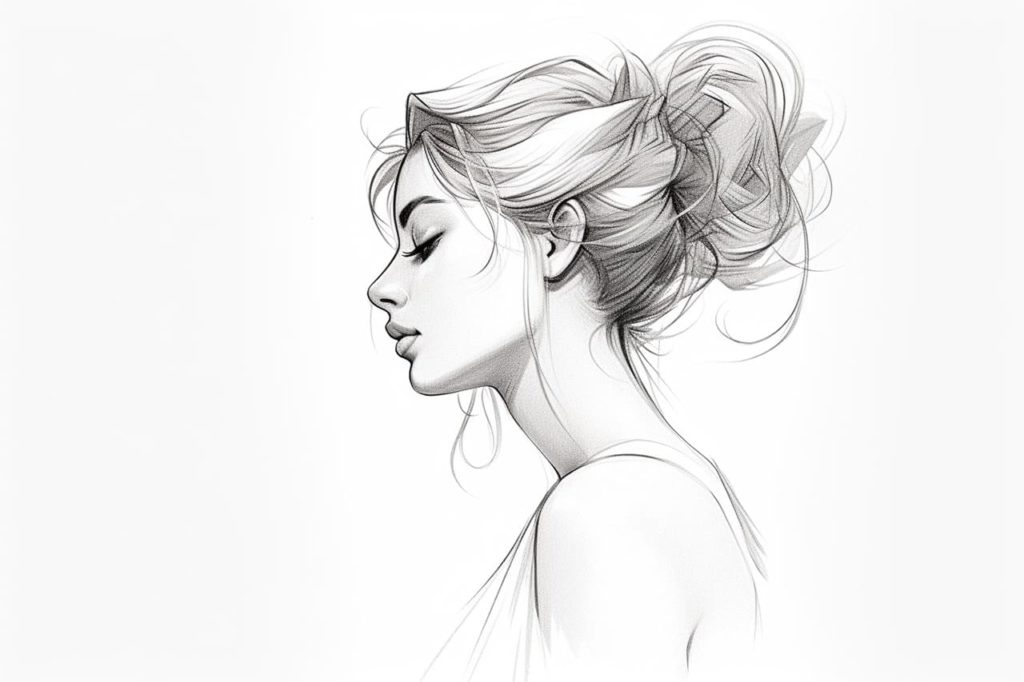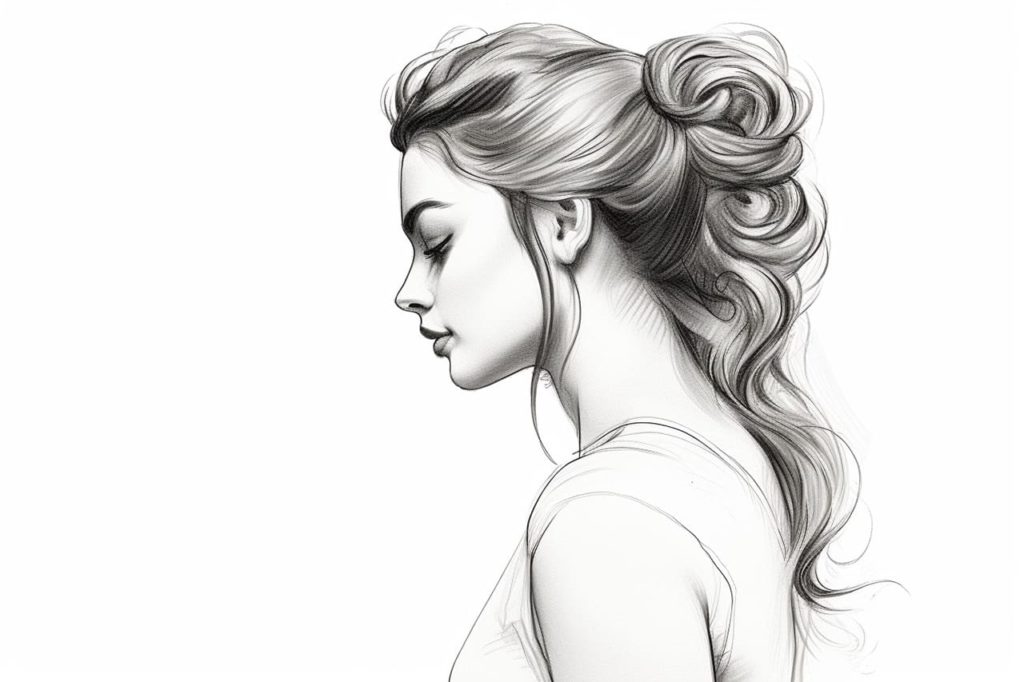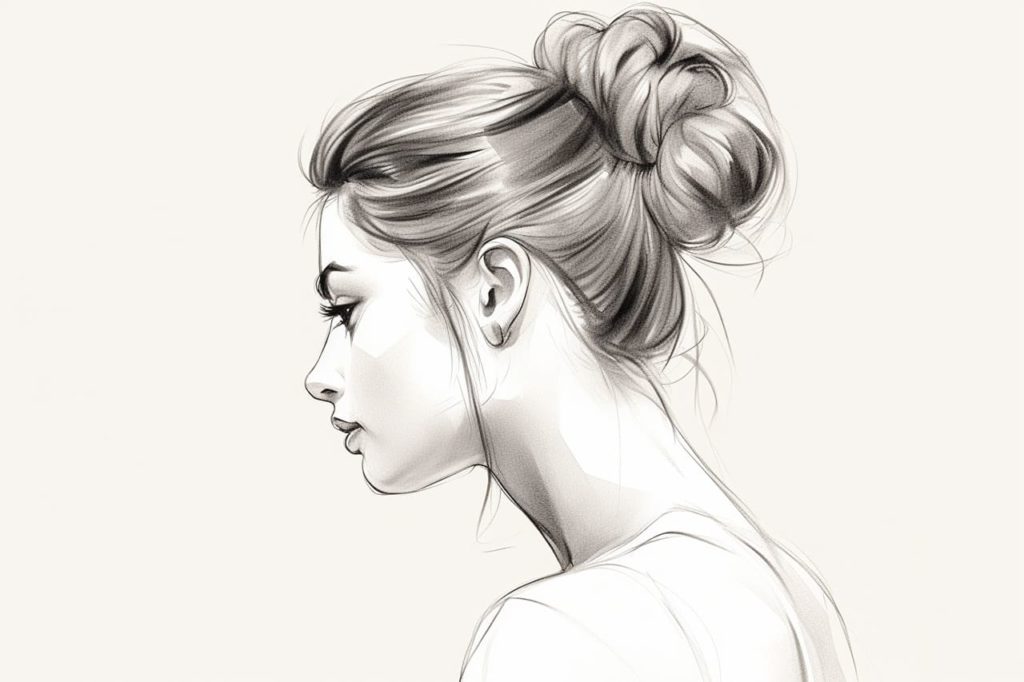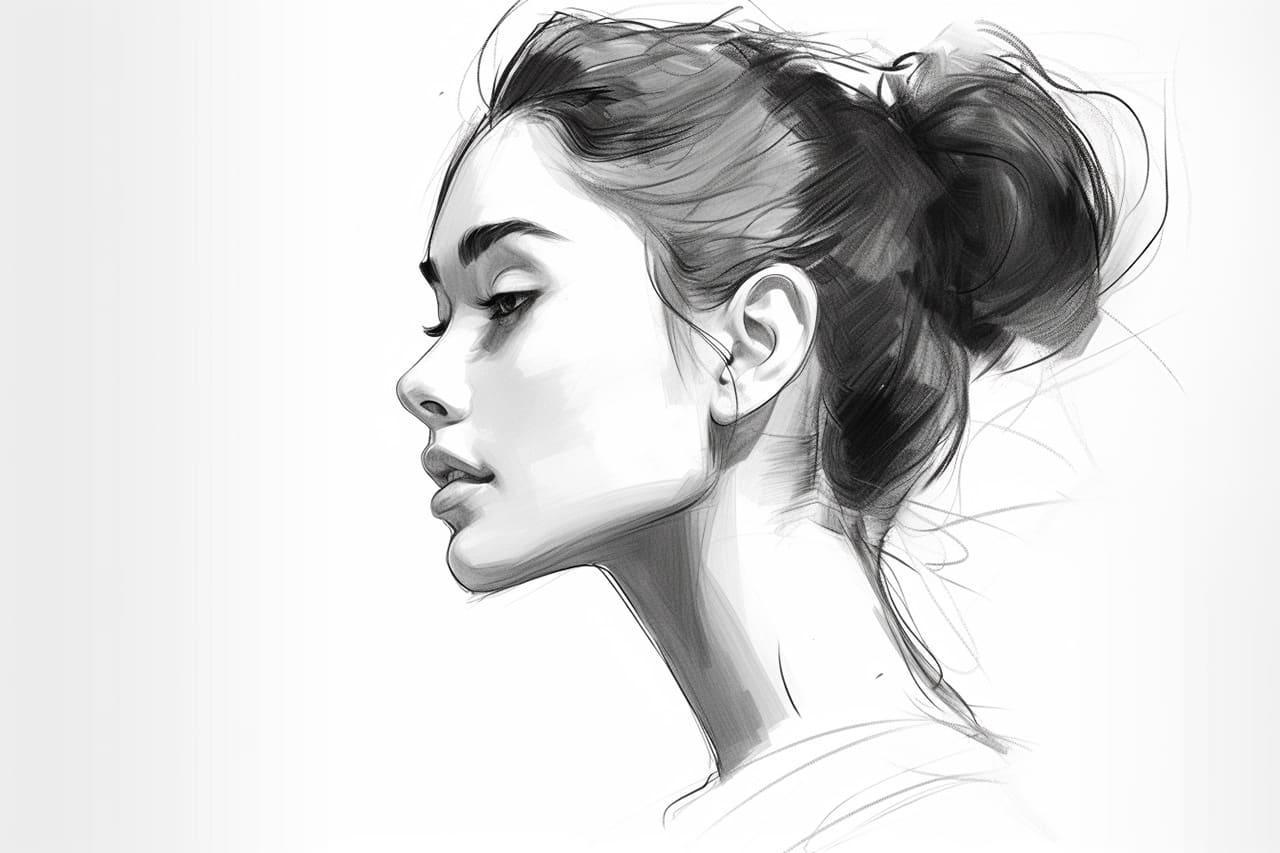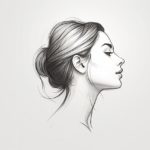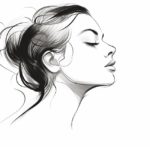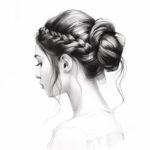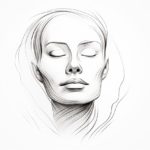Welcome to this step-by-step guide on how to draw a side profile! Whether you’re a beginner or an experienced artist, mastering the art of drawing a side view can have a significant impact on your portrait drawings. A side profile allows you to capture the unique features and proportions of a subject’s face from a different perspective. In this article, we will explore the process of drawing a side profile and provide you with easy-to-follow instructions. So, grab your drawing materials and let’s get started!
Materials Required
To begin drawing a side profile, gather the following materials:
- Paper: Select a high-quality drawing paper that can handle the medium you prefer to work with.
- Pencil: Choose a set of graphite pencils with different lead hardness (e.g., 2H, HB, 2B, 4B, and 6B). These will allow you to achieve different levels of shading and depth.
- Eraser: Have a soft eraser handy to correct any mistakes or smudges.
- Blending tools: Consider blending stumps or tortillons to achieve smooth transitions and shading.
Now that we have our materials ready, let’s dive into the steps of drawing a side profile.
Step 1: Basic Guidelines
Start by lightly sketching the basic guidelines that will serve as the foundation for your side profile drawing. Draw a vertical line down the center of your paper. This line will represent the middle of the face. Then, draw a horizontal line halfway down the vertical line to indicate the position of the eyes.
Step 2: Shape of the Head
Next, observe and sketch the shape of the head. The side view will reveal more prominent features like the forehead, nose, and chin. Begin by drawing an oval shape to represent the cranium. Then, outline the jawline, gradually tapering it to the chin. Pay attention to the curvature and angles of the jawline, ensuring it aligns with the guidelines you drew in the previous step.
Step 3: Facial Proportions
To establish the correct proportions of the face, divide the head into sections. Divide the distance between the horizontal guideline and the bottom of the chin into thirds. The top third will be the location of the hairline, while the middle third will house the eyes. The final third will make space for the nose and mouth.
Step 4: Eyes
The eyes are a crucial element in any portrait drawing. To draw the eyes, start by positioning them on the horizontal guideline. Remember to leave enough space between the eyes for the width of another eye. Sketch the basic shapes of the eyes by creating almond or oval-shaped outlines. Pay attention to the curvature of the eyelids and the position of the iris and pupil within the eye.
Step 5: Nose
Move on to drawing the nose. Position the nose between the eyes and just below the horizontal guideline. Begin by sketching the shape of the nose, paying attention to its proportions and angles. Observe your reference image or subject to capture the unique characteristics of their nose. Add details such as the nostrils and bridge of the nose to bring it to life.
Step 6: Lips
Proceed to draw the lips below the nose. Outline the basic shape of the upper and lower lips, ensuring they align with the guidelines you established earlier. Observe the unique curves and proportions of your subject’s lips and add details such as the cupid’s bow and the creases around the mouth. Remember that the lips should have depth and volume, so use shading to achieve this effect.
Step 7: Ears
The ears are often overlooked in portrait drawings but play a significant role in capturing the likeness of a person. Position the ears between the eyes and the bottom of the nose, around the middle third of your head. Observe the shape and details of your subject’s ears. Start by lightly sketching the overall shape and then add details such as the earlobe, helix, and antihelix.
Step 8: Hair
Now it’s time to add some hair. Start by outlining the basic shape and style of the hair, considering the flow and direction. Observe the texture and volume of your subject’s hair, and use varied shading and strokes to create the desired effect. Take your time with this step, as hair can greatly contribute to the overall likeness of your drawing.
Step 9: Shading and Details
Once you have completed the basic features of the side profile, you can begin adding shading and details to enhance the three-dimensional quality of your drawing. Use a range of pencils to achieve different tones, from light to dark, and pay attention to the areas of shadow and light on the face. Gradually build up the shading, using smooth and controlled strokes, and blend with a blending stump or tortillon where necessary. Add fine details, such as wrinkles, freckles, or texture, to bring your drawing to life.
Conclusion
Congratulations on completing your side profile drawing! By following these step-by-step instructions, you have learned how to capture the unique features and proportions of a subject’s face from a different perspective. Remember, practice makes perfect, so keep exploring and experimenting with different techniques. With time and dedication, you’ll continue to improve your artistic skills.
So, grab your materials, follow these steps, and enjoy the process of drawing a side profile!
Gallery of Side Profile Drawings
